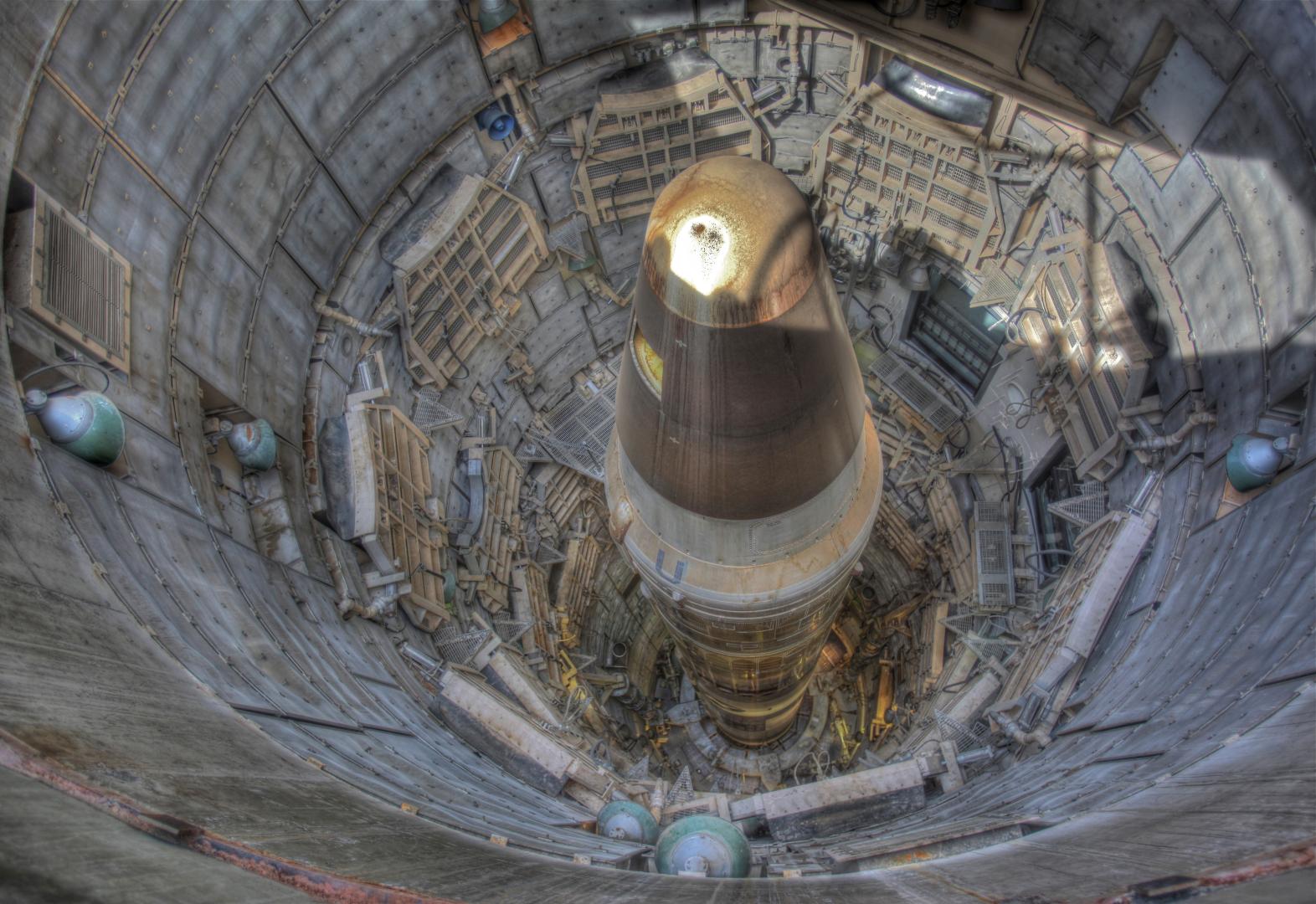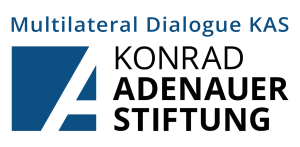Established in 1987 by Canada, France, Germany, Italy, Japan, the UK and the US (the G7) the informal agreement – not a treaty – has grown to 35 members meeting regularly and sharing information. There is no formal mechanism for compliance. Member states are urged to exclude exports of missiles and associated technologies with a 500 kg payload and a range over 300 km. There are no legal obligations or inspections.
Why It Matters
The regime has been credited with slowing or stopping several ballistic missile programmes. However, Iran, India, North Korea, and Pakistan have continued to develop their missile programmes, with varying degrees of foreign support. The US announced in July 2020 it would lift export restrictions on several American made drones by reinterpreting its compliance.
In 2002 the MTCR was supplemented by the International Code of Conduct against Ballistic Missile Proliferation, also known as the Hague Code of Conduct (HCoC), whose 143 (February 2020) member countries voluntarily agree to provide pre-launch notifications (PLNs) on ballistic missile and space-launch vehicle launches (SLVs) and test flights. The HCoC is the only multilateral disarmament agreement to have been adopted in the 21st century. Austria’s foreign ministry serves as its secretariat.
Further materials:
https://mtcr.info/guidelines-for-sensitive-missile-relevant-transfers/





